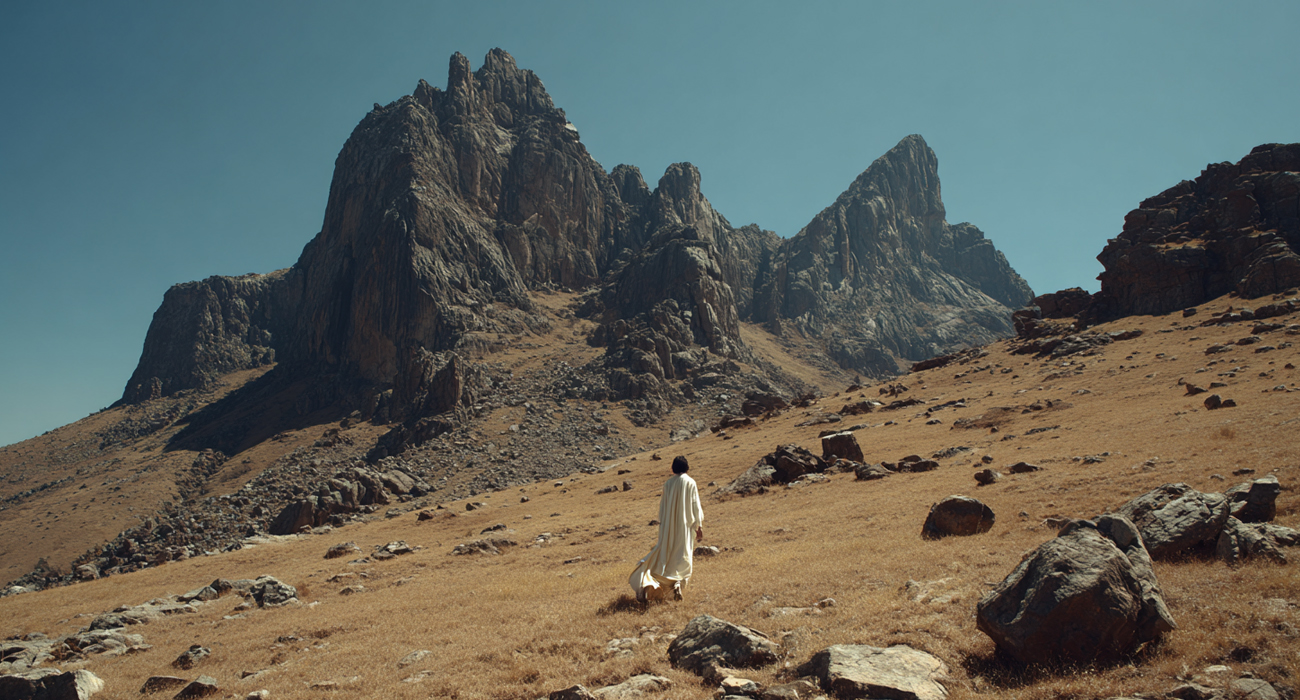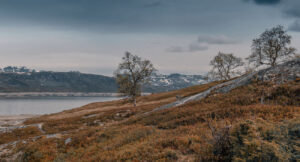In landscape photography, capturing a technically flawless image is no longer enough. Today’s most compelling work goes beyond sharpness and composition—it tells a story. Storytelling in landscape photography adds depth, evokes emotion, and gives your images purpose. It’s the difference between showing a place and making the viewer feel it.
This guide outlines how to create images that don’t just document a scene but communicate meaning and mood.
1. Start with a Clear Intent
Every strong story begins with intent. Before you shoot, ask yourself:
What is the feeling or message I want this landscape to convey?
It might be solitude in a remote desert, chaos in a mountain storm, or serenity at sunrise. Let this intention guide your decisions—from lens choice to composition.
2. Use Light to Set the Emotional Tone
Light isn’t just technical—it’s emotional. In landscape photography, light plays a leading role in storytelling. Golden hour brings warmth and hope, blue hour creates calm or melancholy, and dramatic weather injects tension.
Train yourself to recognize not just the quality of light, but the mood it creates.
3. Compose for Narrative, Not Just Balance
Composition in storytelling landscape photography isn’t about rules—it’s about guiding the viewer’s journey through the frame.
- Leading lines pull the eye toward the subject.
- Foreground elements introduce setting or tension.
- Negative space suggests isolation or scale.
Think of each frame as a visual paragraph that contributes to the narrative.
4. Add Human or Natural Elements to Create Connection
People in landscapes can instantly introduce story, scale, and emotion. But even without humans, storytelling thrives through details: a broken fence, weathered tree, or distant bird.
In professional landscape photography, these elements often transform an aesthetically pleasing image into a compelling one.
5. Sequence Images to Tell a Journey
One image can suggest a moment. A series can tell a story. Think like a filmmaker:
- Start with a wide establishing shot
- Add mid-range context
- Finish with detail shots or emotion-driven frames
Whether for a photo essay or a client project, a well-structured sequence builds narrative and viewer engagement.
6. Edit to Reinforce the Mood
Post-processing is your final storytelling tool. Use color grading, contrast, and clarity not for trend—but for tone.
- Cool tones = solitude, mystery
- Warm tones = peace, nostalgia
- High contrast = energy or drama
Maintain consistency in your editing style to support a coherent visual voice.
7. Let the Image Speak, but Add Words When Needed
Strong landscape photography can stand alone, but a brief caption or title can frame the story. Include:
- A location (if relevant)
- A short insight or mood cue
- Just enough context to guide the viewer without dictating interpretation
Avoid over-explaining. Trust the image to do most of the work.
Conclusion
The art of storytelling in landscape photography lies in intent, awareness, and emotional connection. It requires you to move beyond documenting scenes and start interpreting them. When done well, your landscape images will not only showcase where you’ve been—but also what it meant to you.
Final thought: “The best landscape photographs are less about what you see—and more about what you feel.”




